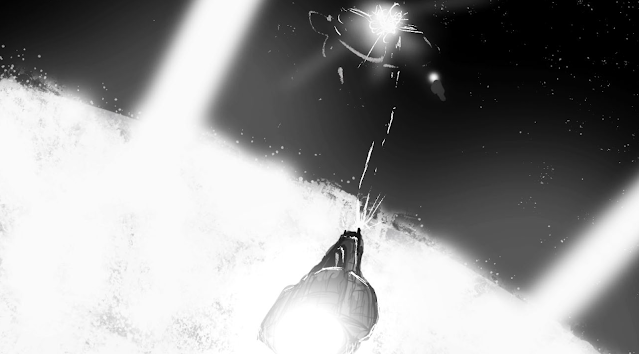Do Neural Networks Dream of Electric Sheep? AI Art and Artistry
2022 saw the rise of AI art, and with it a plethora of questions, both legal and ethical, that we are ill-prepared to answer.
It has been just six short years since the arrival of neural network art with Google’s Deep Dream that mimics the functionality of the human brain. Of course, in tech and AI research, six years is a lifetime, and now people are calling generative art the Next Big Thing™.
Last year saw AI art entering the mainstream - it is no longer relegated to operating on the fringe of computer science forums and Silicon Valley investor presentations, it is sitting right there in the App Store for $5.99 a pop.
If anyone can create art at the press of a button, what does that mean for artists - and indeed, for the rest of us?
A brave new world
The public use of advanced tools like Generative Adversarial Networks (GANs) to create text-to-image tools represents significant progress toward a consumer-ready artificial general intelligence.
That’s an exciting thing, broadly.
But we don’t have the legal framework in place to protect artists whose works and styles are being used to train these GANs.
AI-driven image generation tools have been heavily criticised by artists because they are trained on human-made art scraped from the web, and then effectively remix or even closely copy it without attribution.
Suppose you make your living by selling your art. You work hard to fulfil commissions, and you studied for years at an art school where you honed your craft. You’ve developed a unique visual style and your art is instantly recognisable.
Imagine someone takes a GAN and uses every piece of work you’ve ever published to create entirely new art, based on your style, that people would generally attribute to you.
Now, imagine this person now sells this art, which they can create instantly, without cost.
There’s clearly an issue here.
The danger of apathy
Two possible futures await us as ‘creative’ tasks become increasingly automated.
The first future is one where we develop a robust legal framework to protect artists. We expand copyright to include general stylistic elements, something that currently is not protected. AI is used as a tool rather than a replacement to traditional artists - it’s useful in brainstorming and creating the broad strokes that a human will then refine and turn into something truly artistic. In this future, humans are not replaced by AI, but use it to augment their creative process, much the same way we did with photography.
The second, scarier future, has a fully automated generative network replacing artists by doing their job faster, better, and with more breadth of output. Art becomes completely commodified. Why would a company engage an artist who costs money and time and takes coffee breaks, when they can get Steve from Accounts to put three prompts into the algorithm and see what it spits out?
All that is required for us to walk willingly into that dystopian hellscape is an apathy towards creators.
For a culture that arguably creates more art than we ever have in the span of human history, we routinely mistreat and undervalue those who chose to make artistic pursuits their careers. We underpay for the art they produce - and so I’m worried that this cheap alternative to real artistry is going to be the new norm for many consumers.
Creo ergo sum
Today, the institution of art begins and ends with the human author.
You cannot create art without some form of human input - yet.
Cybernetics, in one of the great philosophical schisms of the twentieth century, broke free from computer science with the inherent belief that humans are, at their core, an extremely complex biological machine. The cyberneticists argued that while we are undoubtedly orders of magnitude more complicated than a simple calculator, we are still beholden to the same input/output rules that govern all computing.
To take this argument further, we could extrapolate that one day there will be artificial intelligence with sufficient sophistication that it will be indistinguishable from a living, breathing human being. Turing-complete AI has been talked about for decades, but we’ve never come so close as we are now. Imagine an AI that is impossible to distinguish from a person - would they not be able to create just as well as us?
Art has long been a human pursuit, but it won’t be long until we are surpassed.
And so, where does that leave us?
For now, art also involves the human beholder. It only has value so long as we value it.
To be human is to create art, and so for now, we must continue to create, and discover, and cherish the vitality that art brings to our world.






Comments
Post a Comment